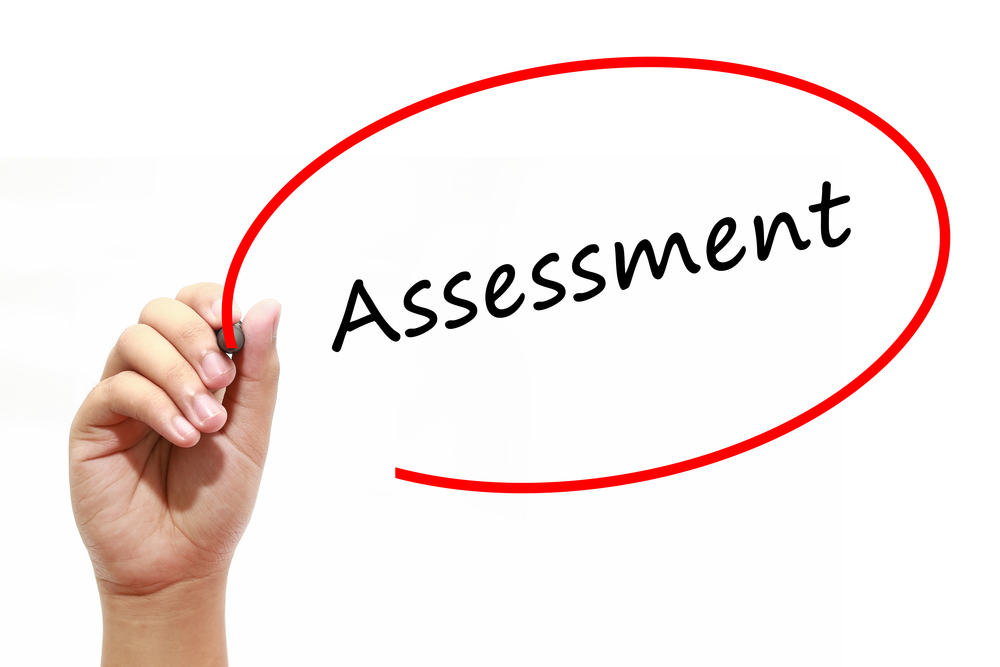Industry guru Bruce Silver recently posted essays discussing the parallels between the Business Process Model and Notation (BPMN) and the more recent Decision Model and Notation (DMN). Both standards, as he notes, were created with the goal of business user acceptance. In his view BPMN has been a success because it provided a clear, business-friendly way for users to communicate, and (with BPMN 2.0) established a means to tie the modeling and execution language. It was truly “What You Model is What You Execute.”























